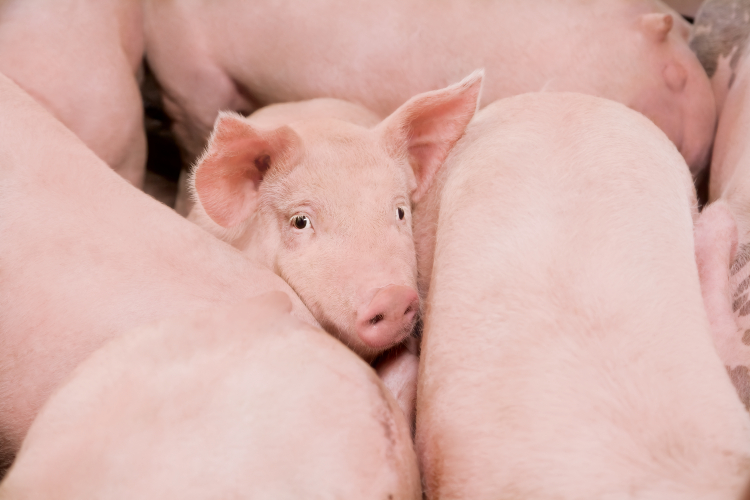Home > Indiana > Indiana Crops & Livestock > Indiana Exports Give Global Diversity
Indiana Exports Give Global Diversity
In partnership with: Indiana State Department of Agriculture
At first glance, locked in the heartland of the U.S., Indiana’s farmers appear to be at a disadvantage for exports. On the contrary, as the eighth-leading agricultural exporter in the nation, Indiana has capitalized on key strategic advantages in infrastructure, raw materials, transportation and government, which make it an ideal location for global trade.
Global Trade Outlook
It may come as no surprise that soybeans are the big-ticket item for Indiana, representing 54.1 percent of the state’s $4.8 billion agricultural product exports in 2012. Next on the list are corn, grain products and feeds at 27.9 percent. This category includes corn gluten meal from wet corn mills and distillers dried grains from ethanol plants, both value-added agricultural products. Rounding out the top five are pork, dairy and wheat. Adding up to 93 percent of total exports in 2012, these five commodities are truly the backbone of the state’s agricultural exports.
“The big demand driver continues to be China buying soybeans, and Indiana is in good position geographically to export,” says Chris Hurt, professor of agricultural economics for Purdue University. Asia has been a key export market for the past two decades, and this demand is unlikely to change in the near future.
“Animal products will be an area of moderate export growth, specifically dairy, pork and poultry. Additionally, food processing as a value-adding concept will be a growing area,” forecasts Hurt, especially as the state government is pushing these interests as well.
Other value-added agriculture products like Red Gold tomatoes, ethanol and corn oil will also continue to attract attention nationwide and abroad. Luckily, Indiana’s waterways make shipping these goods efficient and affordable.

The Maritime Advantage
Despite being 600 miles from the ocean, Indiana’s farmers are only a barge away from the ocean, with access to multimodal transportation as needed.
“The option to go by any mode, depending on the market, allows the flexibility to pursue the best opportunity for your product. However, maritime transportation has its advantages as barges can haul more cargo than other modes using less fuel, fewer emissions and with a safer transportation record,” says Jody Peacock, vice president for the Ports of Indiana.
The Ports of Indiana is a statewide system of three ports – all of which have large grain elevator facilities where local farmers within a 100-mile radius can easily ship down the rivers to the Gulf of Mexico or across the Great Lakes to the Atlantic Ocean for transfer to ocean-going vessels. In return, substantial fertilizer imports return through the port system.
“It’s a supply chain that works well, providing farmers what they need to grow crops and access to world markets for selling,” Peacock says. “If you added up all our cargos by industry, the agricultural products would be at the top of that list, so ag cargos are critical to the success of our ports and state.”

Pork Exports on the Rise
Indiana Pork is a nonprofit association serving more than 3,000 farmers by promoting pork products to consumers, including lobbying for trade agreements and reforms that give Indiana’s pork farmers greater exposure to global markets. According to the U.S. Meat Export Federation, U.S. pork production was at $6 billion in 2013.
“Our estimate [at Indiana Pork] is that we are about 5.43 percent of all pork produced in the U.S., meaning you could estimate Indiana’s share of that export value in 2013 at $328,460,700 (not an official National Agriculture Statistics Service (NASS) statistic),” says Josh Trenary, J.D., executive director at Indiana Pork.
In comparison, the total value of Indiana’s pork exports back in 2010 was $263.7 million according to NASS, demonstrating that pork exports are trending upward, and value-added pork products (including retail cuts of fresh pork, pre-marinated or precooked bacon, and lean ground pork) are a key component to gaining a competitive advantage globally.
From soybean farmer to pig farmer, from processing plants to transportation units, the end result is the same – exports are paving the way for greater returns for the industry’s entire supply chain.



